Home>diy>Building & Construction>What Is A Large Building Or A Group Of Buildings That Contain Many Rental Units?
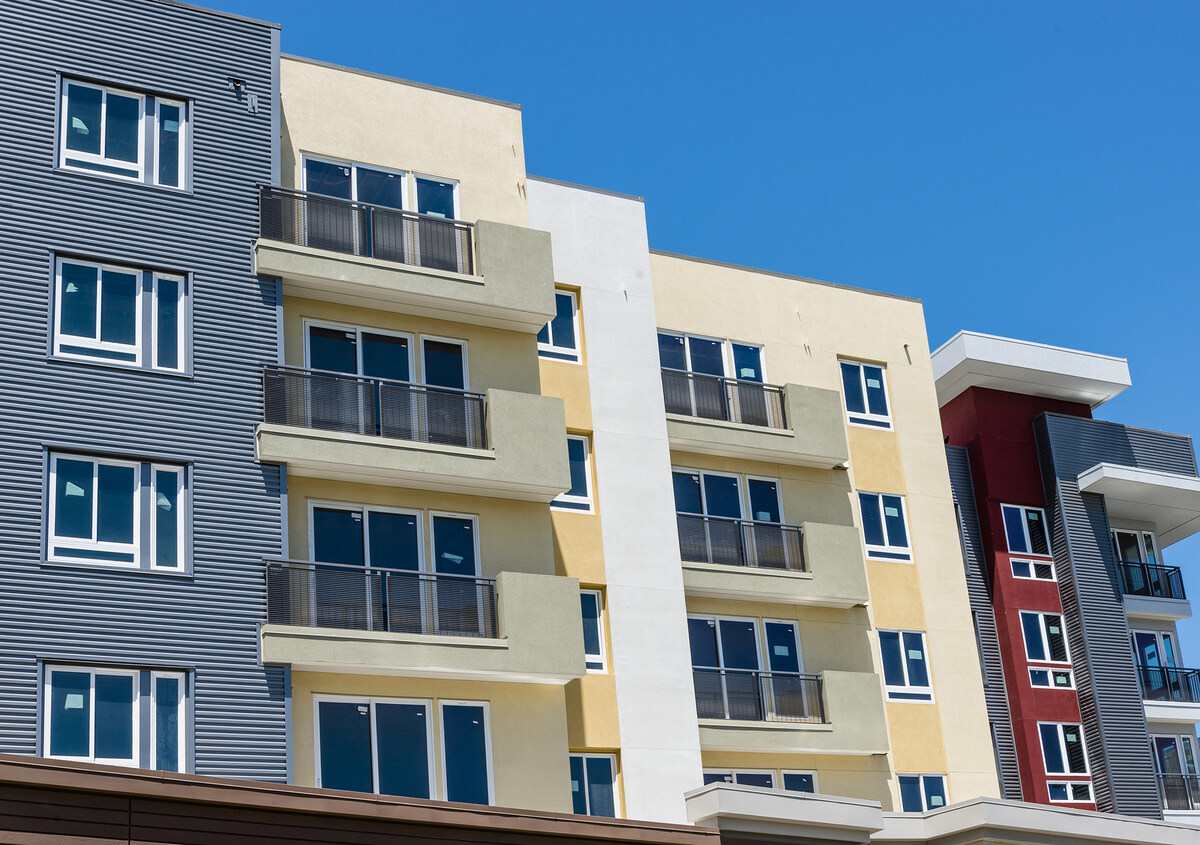

Building & Construction
What Is A Large Building Or A Group Of Buildings That Contain Many Rental Units?
Modified: December 7, 2023
Looking for a large building or group of buildings with many rental units? Discover the essence of building construction with our comprehensive guide.
(Many of the links in this article redirect to a specific reviewed product. Your purchase of these products through affiliate links helps to generate commission for Storables.com, at no extra cost. Learn more)
Introduction
When it comes to finding a place to live, large buildings or groups of buildings that contain many rental units can be a popular choice for individuals and families alike. These structures offer a multitude of rental units in one location, providing convenience and a variety of options for tenants. Whether it’s an apartment complex, a condominium building, or a housing development, large rental buildings are a common sight in urban areas.
In this article, we will explore what exactly constitutes a large building or a group of buildings that contain many rental units. We will delve into the benefits and challenges of living in these types of buildings and discuss the regulations and policies that govern them. We will also showcase some examples of well-known large rental buildings around the world.
So, whether you’re considering renting a unit in a large building or you’re simply curious about the inner workings of these structures, join us as we dive into the world of large rental buildings and explore what makes them a desirable choice for many individuals and families.
Key Takeaways:
- Large rental buildings offer convenience, amenities, and a sense of community in urban areas, making them an attractive housing option for individuals and families seeking diverse rental accommodations.
- While large rental buildings provide numerous benefits, tenants should be aware of potential challenges such as noise, competition for amenities, and strict policies. Understanding regulations and policies is essential for a harmonious living environment.
Read more: How To Build A Large Jenga Game
Definition of a Large Building or Group of Buildings
When we refer to a large building or a group of buildings that contain many rental units, we are essentially talking about a complex that houses multiple residential spaces within one or more structures. These buildings are typically designed to accommodate a significant number of tenants, ranging from dozens to hundreds or even thousands of units.
The size of these buildings can vary greatly. Some may consist of a standalone high-rise tower with hundreds of units, while others may be a collection of low-rise buildings spread across a larger area. Additionally, some large rental buildings may offer a mix of residential units, including apartments, townhouses, or condominiums, providing a diverse range of options to suit different lifestyles and preferences.
These buildings often feature various amenities and shared spaces that enhance the living experience for tenants. Common areas such as fitness centers, swimming pools, rooftop gardens, communal lounges, and laundry facilities are frequently found in large rental buildings. Additionally, they may offer on-site maintenance and security services to ensure the well-being and comfort of the residents. These features not only provide convenience but also foster a sense of community within the building.
Large rental buildings are typically managed by professional property management companies or landlords who oversee the operations and maintenance of the property. They handle tasks such as tenant screenings, lease agreements, repairs, and maintenance, ensuring that the building is maintained in accordance with local regulations and standards.
In terms of location, large rental buildings are commonly found in urban areas where the demand for housing is high. They are often situated in convenient locations near schools, public transportation, shopping centers, and other essential amenities. This allows tenants to have easy access to the necessary services and facilitates a comfortable and convenient lifestyle.
Overall, a large building or group of buildings that contains many rental units provides a centralized and efficient housing solution for a large number of individuals and families. It offers a range of amenities, a sense of community, and a convenient location, making it an attractive option for those seeking rental accommodations in urban areas.
Rental Units in Large Buildings or Group of Buildings
Large buildings or groups of buildings that contain many rental units offer a wide range of options for individuals and families looking for a place to call home. These buildings typically feature various types and sizes of rental units, catering to different budgets and preferences.
One of the most common types of rental units found in large buildings are apartments. These units are typically self-contained living spaces that include a bedroom, bathroom, kitchen, and living area. Apartments in these buildings can range from studios, which are compact units that combine the living and sleeping areas, to one-bedroom, two-bedroom, or even larger units that offer more space and separate rooms. The floorplans and layouts of these apartments can vary, allowing tenants to choose the one that suits their needs.
In addition to apartments, large rental buildings may also offer townhouses or condominiums as rental units. Townhouses are multi-story residential units that typically share walls with neighboring units, creating a sense of community. They often feature private entrances, individual outdoor spaces, and may have multiple bedrooms, making them suitable for families or individuals who desire more space and privacy.
Condominiums, on the other hand, are individual units within a larger building that are owned by individuals and managed by a homeowners’ association. In some cases, owners may choose to rent out their condominium units, providing opportunities for tenants to enjoy the benefits of living in a well-managed and amenity-rich building.
Large rental buildings may also have specialized units such as penthouses or luxury apartments. These units are typically located on the upper floors of the building and offer premium features and finishes, as well as stunning views of the surrounding area. While these units often come with a higher price tag, they provide a luxurious living experience for those who seek an elevated lifestyle.
It’s worth noting that large rental buildings often offer a variety of leasing options, including long-term leases, month-to-month rentals, or even furnished units for those in need of temporary housing. This flexibility allows tenants to choose the rental arrangement that best suits their lifestyle and specific situation.
In summary, rental units in large buildings or groups of buildings come in a variety of forms, including apartments, townhouses, condominiums, and specialized units. The availability of different unit types and sizes ensures that individuals and families can find a rental unit that suits their needs, preferences, and budget. Whether it’s a compact studio or a spacious luxury apartment, these buildings offer a plethora of options to cater to a diverse range of tenants.
Benefits of Large Rental Buildings
Large rental buildings, with their multitude of rental units and array of amenities, offer numerous benefits to tenants. Here are some of the advantages of living in these types of buildings:
- Convenient Location: Large rental buildings are often situated in prime locations within urban areas. They are strategically placed near schools, shopping centers, public transportation, and other essential amenities, allowing tenants to easily access the services and facilities they need in their day-to-day lives.
- Amenities: These buildings typically offer a wide range of amenities and shared spaces for residents to enjoy. From fitness centers, swimming pools, and rooftop gardens to community lounges, business centers, and on-site laundry facilities, large rental buildings often provide convenient and well-maintained spaces that enhance the living experience.
- Sense of Community: Living in a large rental building can foster a sense of community among residents. The shared amenities and common areas provide opportunities for tenants to interact and socialize with their neighbors, creating a supportive and welcoming environment.
- On-Site Maintenance and Security: Large rental buildings are typically managed by professional property management companies or landlords who ensure that the building is well-maintained and secure. They handle maintenance requests promptly and provide security measures such as surveillance systems and controlled access points, offering peace of mind to tenants.
- Variety of Rental Options: With numerous units available, large rental buildings offer a variety of rental options to suit different needs and budgets. Whether someone is looking for a studio apartment for a single person or a spacious family-sized unit, these buildings provide a range of choices to accommodate various lifestyles and preferences.
- Professional Management: The presence of property management ensures that tenants have access to a dedicated team that handles leasing, tenant inquiries, repairs, and other property-related matters. This professional management adds convenience and reliability to the rental experience.
- Economies of Scale: Large rental buildings benefit from economies of scale, meaning that the cost of maintaining and operating the building is spread across multiple units. This can result in more cost-effective maintenance, lower utility expenses, and potential savings for tenants compared to renting a standalone unit.
Overall, living in a large rental building offers an array of benefits, including a convenient location, a sense of community, a variety of amenities, professional management, and potential cost savings. These factors contribute to a comfortable and enjoyable living experience for tenants, making large rental buildings an appealing choice for many individuals and families.
A large building or group of buildings that contain many rental units is commonly known as an apartment complex. These complexes often offer amenities such as parking, laundry facilities, and common areas for residents.
Challenges of Large Rental Buildings
While there are numerous advantages to living in large rental buildings, it is important to acknowledge that there can also be challenges associated with these types of properties. Here are some of the common challenges that tenants may face:
- Noise: With a large number of residents living in close proximity, noise can be a significant challenge in large rental buildings. Shared walls and floors can result in increased noise levels, especially in common areas such as elevators, hallways, and communal spaces. It’s important for tenants to be mindful of noise levels and respect their neighbors’ need for peace and quiet.
- Competition for Amenities: While large rental buildings often offer a variety of amenities, there can be high demand for these shared spaces. Fitness centers, pools, and other communal areas may become crowded during peak hours, and tenants may need to plan their usage accordingly.
- Limited Personalization: Due to the shared nature of large rental buildings, tenants may face limitations when it comes to personalizing their living space. Rules and regulations set by property management may restrict certain modifications or limit the ability to make significant changes to the unit’s layout or design.
- Higher Turnover Rate: Large rental buildings often experience a higher turnover rate compared to smaller rental properties. This can result in a less stable community as neighbors come and go more frequently. It can also make it more difficult for tenants to establish long-term relationships with their neighbors.
- Lack of Individual Attention: With a large number of units and tenants, property management may struggle to provide individual attention and handle tenant inquiries or issues in a timely manner. This can lead to delays in maintenance requests or difficulties in resolving problems promptly.
- Parking and Traffic: In densely populated areas, large rental buildings often face challenges related to parking and increased traffic. Limited parking spaces can result in a competitive and sometimes frustrating parking situation for tenants. Additionally, the influx of residents and visitors to the building can contribute to congestion and traffic in the surrounding area.
- Strict Policies and Regulations: Large rental buildings may have strict policies and regulations in place to ensure the safety and well-being of all residents. These policies may include restrictions on pets, noise levels, usage of common areas, and more. While these rules are intended to maintain a harmonious living environment, they may feel restrictive to some tenants.
It’s important for tenants considering living in a large rental building to be aware of these potential challenges. While many of these issues can be mitigated with respectful behavior and good communication among residents, it’s important to weigh the pros and cons before making a decision. By understanding the challenges upfront, tenants can better navigate and adapt to the unique aspects of living in a large rental building.
Read also: 14 Best Large Food Storage For 2024
Regulations and Policies for Large Rental Buildings
Large rental buildings are subject to various regulations and policies to ensure the safety, security, and fair treatment of tenants. These regulations and policies are put in place by local governments, housing authorities, and property management companies. Here are some common regulations and policies that govern large rental buildings:
- Building Codes and Safety Regulations: Large rental buildings must comply with building codes and safety regulations set by local authorities. These regulations ensure that the structure meets certain standards for structural integrity, fire safety, electrical systems, plumbing, and other important aspects. Regular inspections may be carried out to ensure compliance.
- Lease Agreements: Tenants in large rental buildings are typically required to sign a lease agreement that outlines the terms and conditions of their tenancy. The lease agreement specifies the duration of the lease, rent amount, rules and regulations of the building, and any additional provisions such as pet policies or parking regulations. It is essential for tenants to review and understand the terms of the lease before signing.
- Tenant Rights: Tenants in large rental buildings have certain rights that are protected by local laws. These rights include the right to a safe and habitable living environment, protection against unjust evictions, privacy rights, and the right to appropriate notice for entry by the property management or landlord. Tenants should familiarize themselves with their rights and recourse options in case of any violations.
- Security Measures: Large rental buildings often implement security measures to protect tenants and the property. These measures may include controlled access systems, surveillance cameras, on-site security personnel, and secure parking areas. These measures are in place to enhance the safety and security of the building and its residents.
- Noise and Nuisance Policies: To ensure a peaceful living environment, large rental buildings typically have policies in place regarding noise levels and nuisances. Tenants are generally expected to be considerate and refrain from excessive noise that may disturb their neighbors. Property management may establish quiet hours and address noise complaints as part of enforcing these policies.
- Common Area Usage: Large rental buildings often have shared amenities and common areas that all residents can access. Policies and regulations govern the usage of these spaces to ensure fair and equitable access for all tenants. Rules may include restrictions on maximum occupancy, designated hours of use, and guidelines for the upkeep and cleanliness of the shared areas.
- Maintenance and Repairs: Property management is responsible for ensuring that the building and individual units are maintained and kept in good repair. Tenants can report maintenance issues to property management, who should handle repairs promptly and efficiently. It’s important for tenants to understand the process for reporting maintenance requests and any associated responsibilities.
Tenants should familiarize themselves with the specific regulations and policies that apply to their particular rental building. It’s important to read and understand the lease agreement, ask questions if anything is unclear, and adhere to the rules and regulations to maintain a harmonious living environment for all residents. By understanding and abiding by these regulations and policies, tenants can have a positive and enjoyable experience in their large rental building.
Examples of Large Rental Buildings
Large rental buildings can be found in various cities around the world. These buildings showcase the concept of multi-unit living, offering a wide range of rental options, amenities, and convenient locations. Here are a few notable examples of large rental buildings:
- Central Park Tower, New York City: Located in the heart of Manhattan, Central Park Tower is one of the tallest residential buildings in the Western Hemisphere. This luxury condominium skyscraper offers a range of high-end rental units with breathtaking views of Central Park and the New York City skyline. It features exclusive amenities such as swimming pools, fitness centers, and private dining rooms.
- The Shard, London: The Shard is an iconic skyscraper in London, housing a mix of retail, residential, and office spaces. The residential portion of the building offers high-end rental apartments with stunning views of the city. Its central location near the River Thames makes it an attractive choice for those looking to live in the heart of London.
- Masdar City, Abu Dhabi: Masdar City is a sustainable development in Abu Dhabi, known for its focus on renewable energy and green living. The city features a variety of rental buildings that incorporate energy-efficient designs and sustainable practices. The aim of Masdar City is to create a thriving and sustainable urban community.
- The Water Club, Miami: Situated on the waterfront in Miami, The Water Club is a luxury rental building offering a resort-style living experience. The building features a range of spacious apartments with high-end finishes and panoramic views of the bay. Tenants can enjoy amenities such as a private beach, swimming pools, a spa, and private boat slips.
- Marina Bay Sands, Singapore: Marina Bay Sands is an iconic integrated resort in Singapore, consisting of a hotel, a casino, retail spaces, and luxury rental apartments. The rental apartments offer residents access to world-class amenities, including a sky deck with an infinity pool, a fitness center, and concierge services. The location provides stunning views of the Singapore skyline and Marina Bay.
- Burj Khalifa, Dubai: As the tallest building in the world, Burj Khalifa in Dubai features luxury residences within its iconic structure. The residential units offer unparalleled views of the city and extravagant living spaces. Tenants can enjoy access to a range of amenities, including swimming pools, fitness centers, and a luxurious spa.
These examples represent the diversity and luxury that large rental buildings can offer. They demonstrate the architectural marvels and innovative designs that cater to the needs and preferences of tenants. While these are extraordinary examples, large rental buildings can be found in many cities across the globe, providing a wide range of options for those seeking quality rental accommodations.
Conclusion
Large rental buildings and groups of buildings that contain many rental units offer numerous advantages and considerations for tenants. These structures provide an array of rental options, convenient locations, a variety of amenities, and the potential for a vibrant community. Tenants benefit from the professional management, maintenance services, and security measures that these buildings often provide. Large rental buildings can be found in major cities around the world, showcasing architectural marvels and offering luxurious living experiences.
While there are many benefits to living in these buildings, it’s important to acknowledge the challenges that tenants may face. Issues such as noise, competition for amenities, and restrictions on personalization can arise in densely populated buildings. Additionally, the turnover rate and strict policies can impact the sense of stability and individual attention in these types of properties.
Regulations and policies ensure the safety, security, and fair treatment of tenants in large rental buildings. Complying with building codes, lease agreements, tenant rights, and policies regarding security, noise, and maintenance is essential for a harmonious living environment.
By understanding the benefits, challenges, regulations, and policies associated with large rental buildings, tenants can make an informed decision when choosing their next place of residence. Whether it’s the convenience of location, the array of amenities, or the vibrant community atmosphere, large rental buildings provide a unique living experience for individuals and families alike.
So, whether you’re searching for a spacious apartment in a bustling city or a luxury condominium with breathtaking views, large rental buildings offer a multitude of options to fit diverse lifestyles and preferences. Consider your needs, examine the regulations, and weigh the pros and cons to find the perfect rental unit in a large building that will become your comfortable and convenient home.
Frequently Asked Questions about What Is A Large Building Or A Group Of Buildings That Contain Many Rental Units?
Was this page helpful?
At Storables.com, we guarantee accurate and reliable information. Our content, validated by Expert Board Contributors, is crafted following stringent Editorial Policies. We're committed to providing you with well-researched, expert-backed insights for all your informational needs.



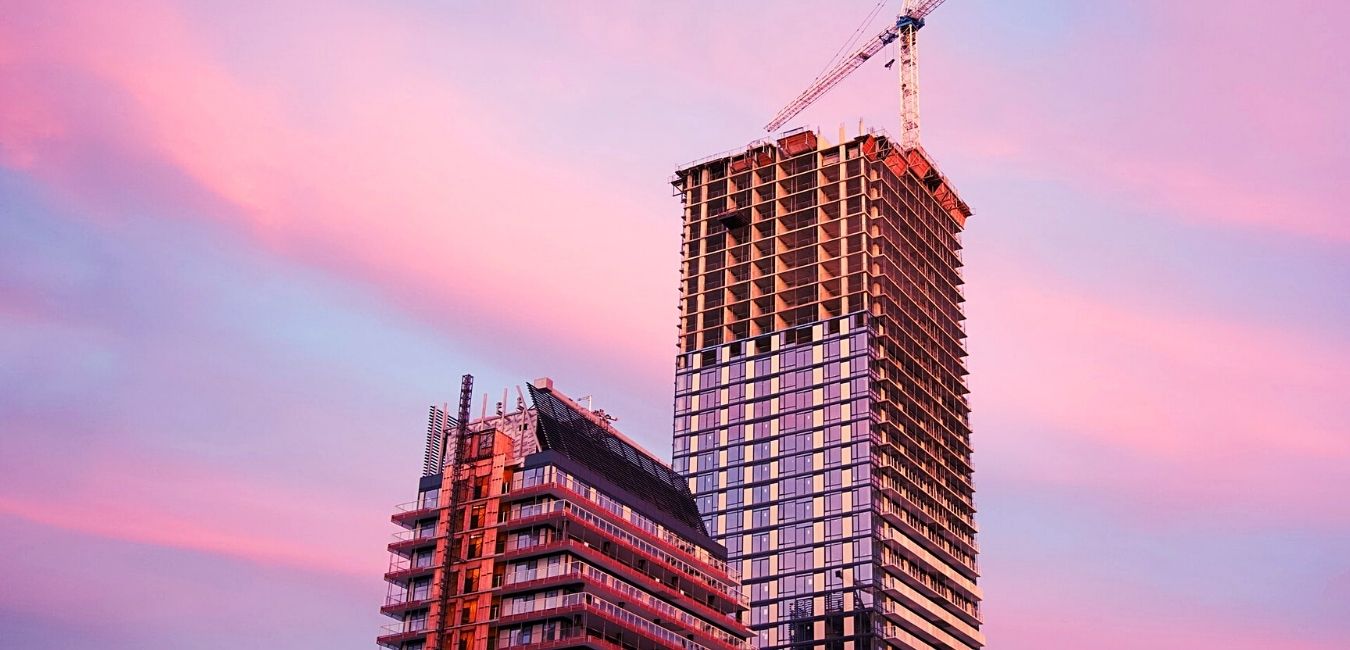

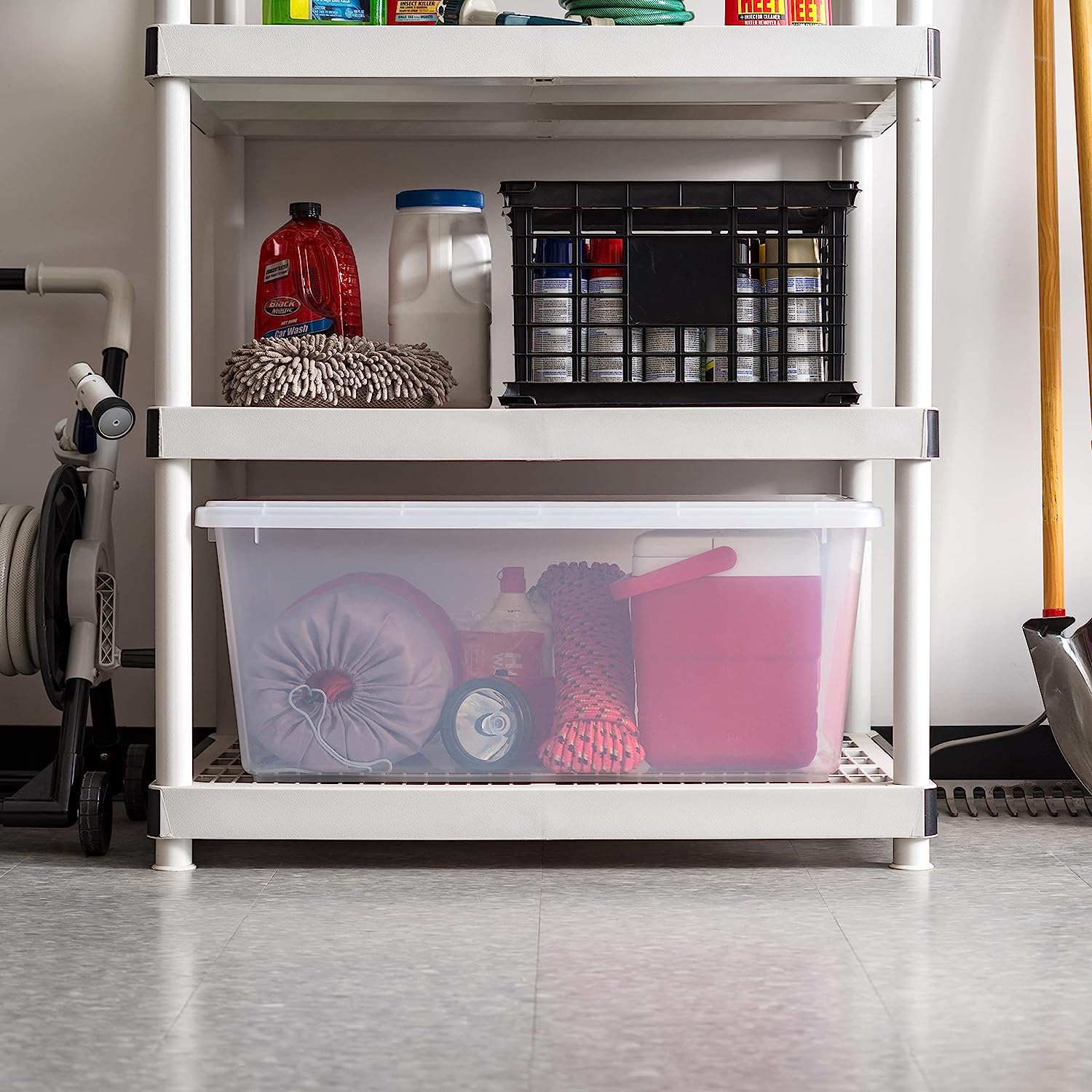



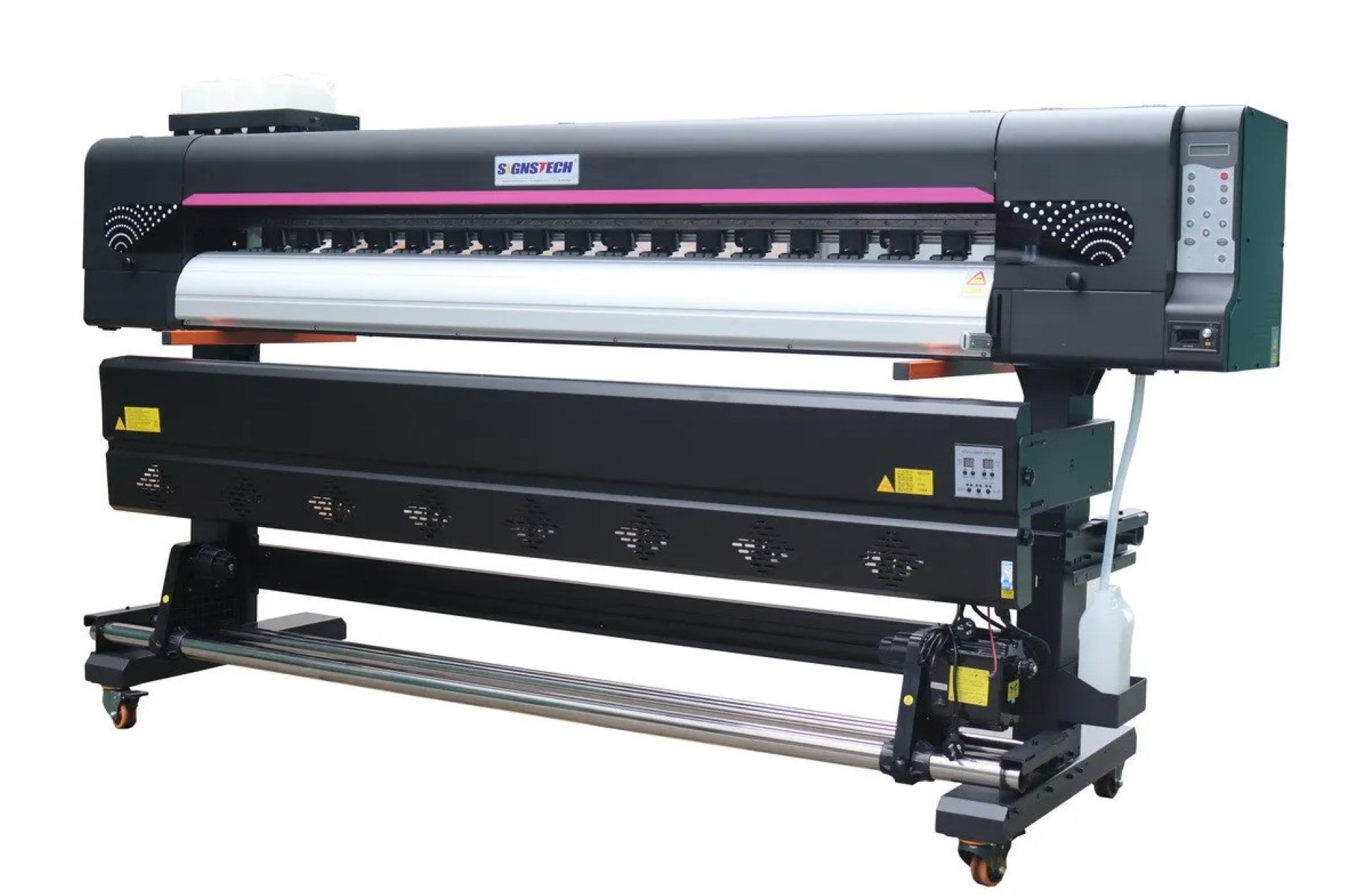

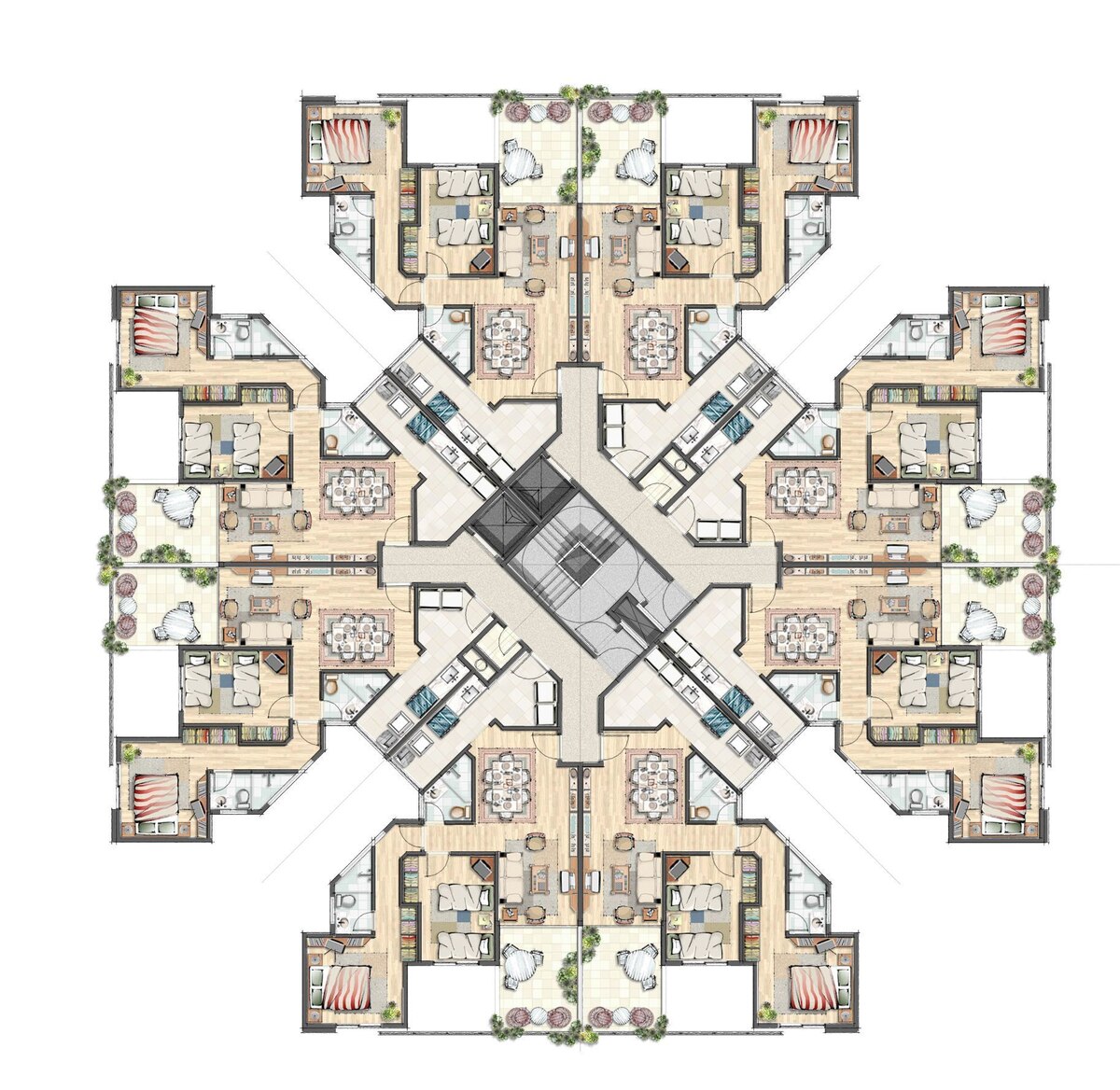
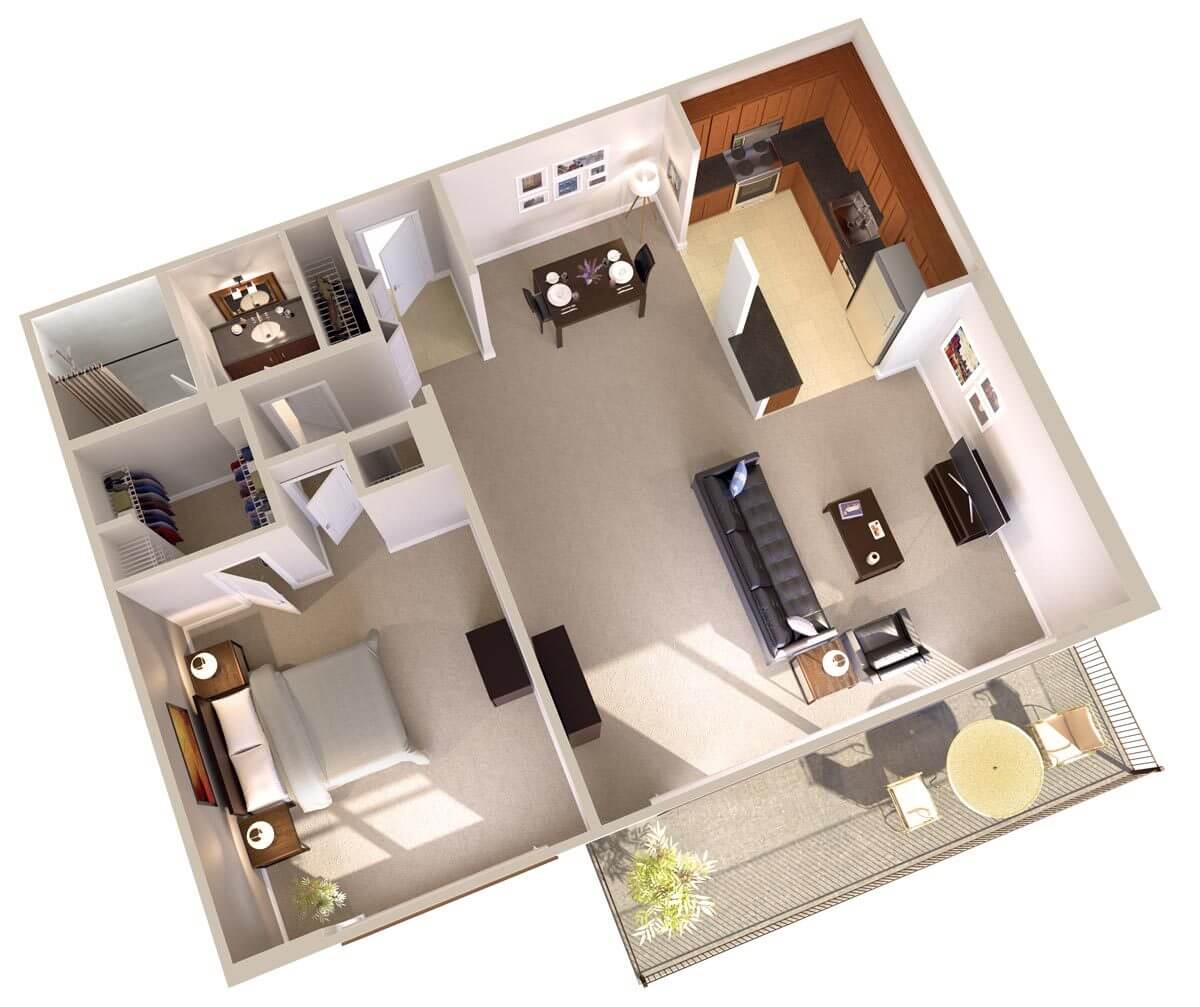


0 thoughts on “What Is A Large Building Or A Group Of Buildings That Contain Many Rental Units?”